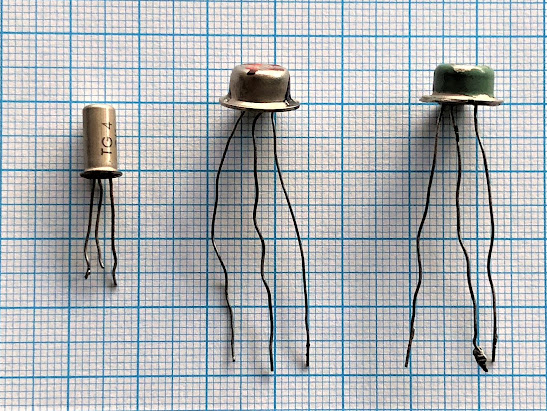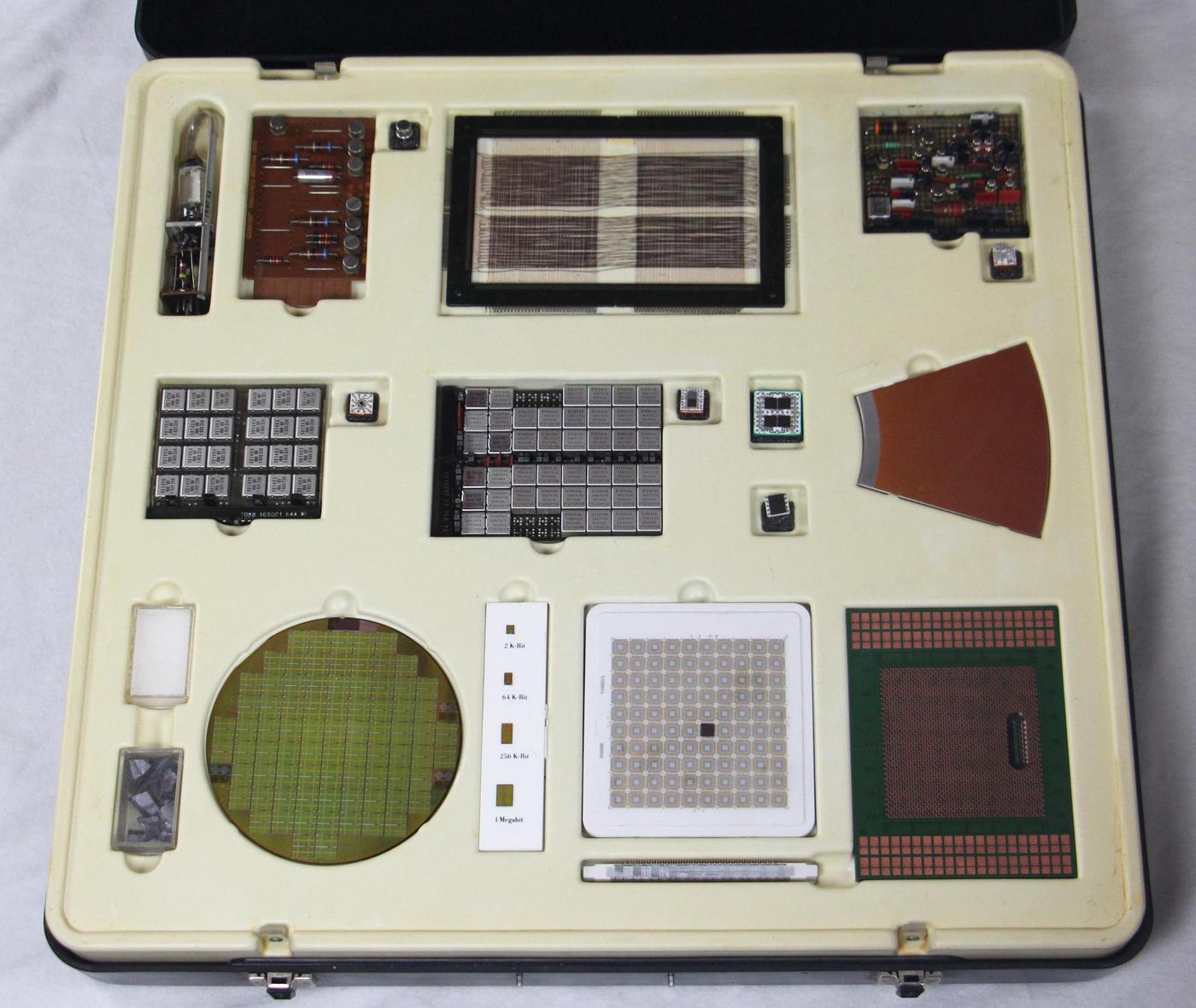Each event typically consists of five long talks/lectures on different topics (of three hours each, a sufficient time to give both overview and advanced details about the topic), given by academic professors or qualified experts coming from companies or research centers. In this way the academic and industrial approaches for research and state-of-the art progress are presented.In the last years, an increasing number of microelectronic companies are establishing design centers in the Milan area (Allegro Microsystems, AMS, Bosch, Catena, Inphi, Huawei, Infineon Technologies, Maxim Integrated, Micron, SK-Hynix, TDK-Invensense, Photeon Technologies, Silicon Mitus, STMicroelectronics, etc….). In this scenario, an advanced educational activity is a key point for success. The ToM events are addressing researchers, designers from companies, and students (Master and Ph. D.), who want to improve their knowledge in the microelectronic field.
Different topics are addressed in each event. This is intentionally done in order to cover as much as possible the wide spectrum of challenges in the present microelectronic world.
The courses are organized together with the Italian Chapter of the IEEE Solid-State Circuit Society and the University of Milano-Bicocca.
ToM2021/1 and ToM2021/2 courses will be held online on May, 25th-27th, 2021 and September, 21st-23rd, 2021, respectively. Registration is mandatory to attend the courses. Registered participants will receive:
- on-line attendance to all lectures
- pdf material for all lectures
- certificate of participation
- final exam with certificate (if needed)
Organizing Committee
Scientific Director: Prof. Andrea Baschirotto (andrea.baschirotto@unimib.it)
Scientific Co-Director: Prof. Piero Malcovati (piero.malcovati@unipv.it)
Registration
Registration to the ToM Courses has to be performed using the general online registration form.
Payment can be performed via Credit Card or Paypal directly through the online system.
The registration includes the membership to InnoTechEvents for year 2021.
University of Milano-Bicocca people have to use the dedicated UniMIB online registration form.
Program
ToM2021/1 – May 25-27, 2021
Online, Lectures in English
25 May 2021
14:00 – 17:30 Pietro Andreani (Lund University, Sweden), “Integrated harmonic oscillators”
26 May 2021
09:00 – 12:30 Dante Muratore (TU Delft, The Netherlands), “Circuit challenges in implantable brain-machine interfaces”
14:00 – 17:30 Bernhard Wicht (Leibniz University Hannover, Germany), “Analog building blocks of DC-DC converters”
27 May 2021
09.00 – 12:30 Tristan Meunier (CNRS, France), “Quantum computing with CMOS technology”
14:00 – 17:30 Gabriele Manganaro (Mediatek, USA), “High-speed digital-to-analog converters”
ToM2021/2 – September 21-23, 2021
Online, Lectures in English
21 September 2021
14:00 – 17:30 Jussi Jansson (Oulu University, Finland) - “Time-to-digital converters and related applications”
22 September 2021
09:00 – 12:30 Luca Scandola (Infineon Technologies, Italy), “Introduction to DC-DC conversion suitable for automotive application: from the theory to the modelization with practical examples”
14:00 – 17:30 Benoit Bakeroot (Ghent University, Belgium), “GaN semiconductor devices for power electronics: overview, status and future perspectives”
23 September 2021
09.00 – 12:30 Qiang Li (UETSC, China), “Subthreshold and near-threshold ADC techniques”
14:00 – 17:30 Andrea Mazzanti (University of Pavia, Italy) and Enrico Monaco (Inphi, Italy), “Introduction and advances in serial links”




































